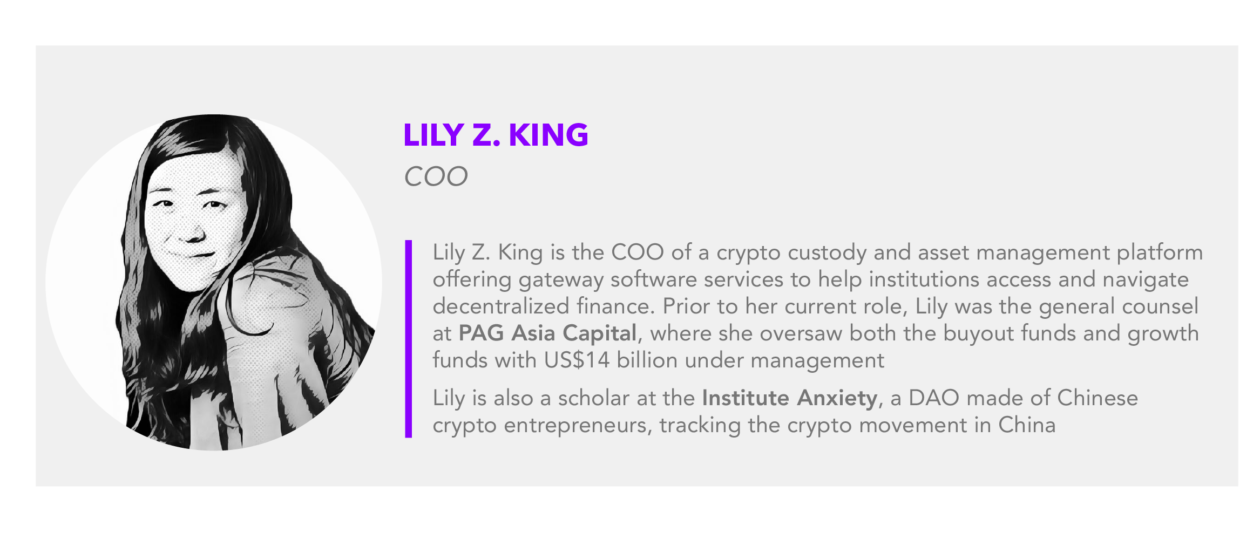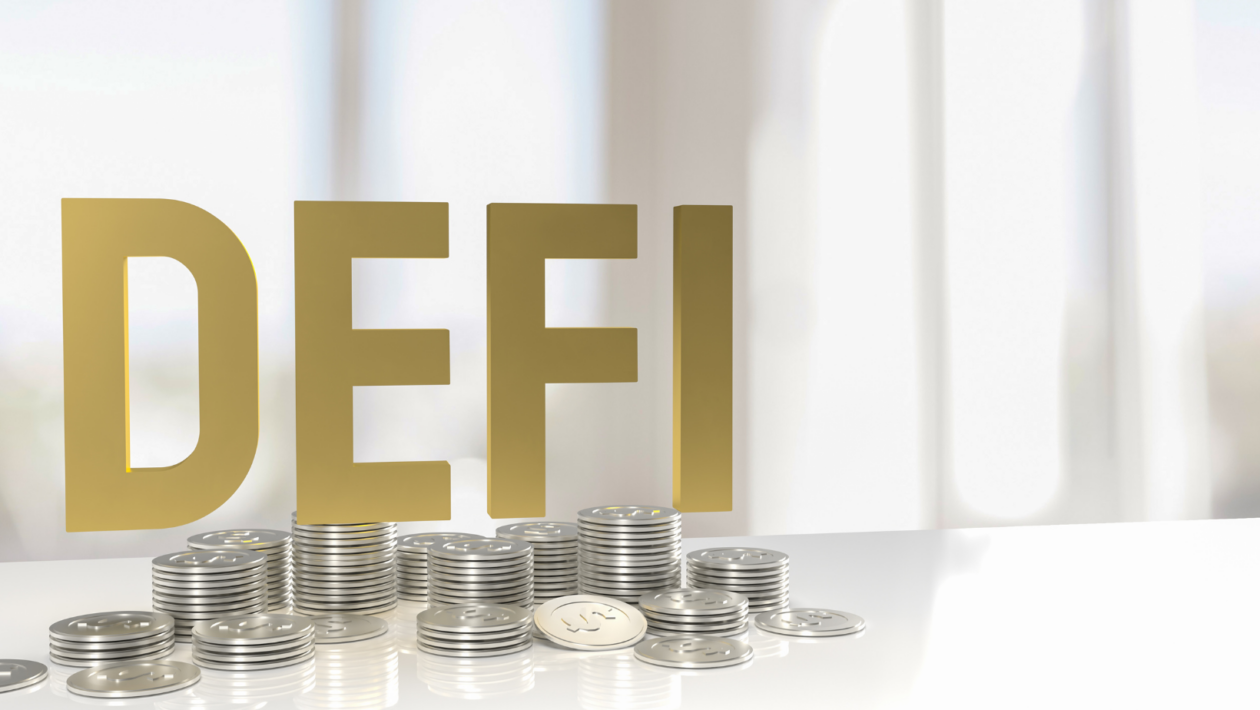Liquidity mining is an instrumental but mysterious force in the decentralized finance (DeFi) world. Liquidity miners do not get nearly as much exposure as application developers or venture capital but DeFi protocols cannot function without them. Without liquidity — or enough tokens to support smooth transactions — Defi protocols are just lines of codes rather than applications that people can use.
Liquidity miners are DeFi participants whose investment strategy centers on providing liquidity to DeFi protocols. In doing so, they can capture the majority of the DeFi protocol revenue and a significant percentage of the protocols’ governance tokens at a cost that might be even lower than venture capital.

This article will analyze the unique role that liquidity miners play in the DeFi ecosystem and what their next evolution might look like.
What is liquidity mining?
The wonder of DeFi protocols is that they enable fundamental financial activities such as sending money, lending, borrowing and trading without the typical intermediaries of traditional finance. In essence, they are smart contracts that enable peer-to-peer transactions that anyone can participate in. For example, leading decentralized exchanges (DEXs) mostly use the AMM model (automatic market maker) in which users swap tokens via liquidity pools made of tokens provided by other users. In traditional stock exchanges, capital provision is highly centralized in big institutional players.
For transactions to happen smoothly with little price slippage, DeFi protocols need to have deep liquidity — enough quantity and variety of tokens. That is why the emergence of liquidity mining, a mechanism of incentivizing liquidity providers, played a crucial role in kicking off 2020’s DeFi summer, when total value locked in DeFi exploded from US$800 million in April 2020 to US$10 billion in September 2020. Nowadays, almost all DeFi protocols offer liquidity mining programs during their bootstrap stage.
Liquidity mining programs typically offer two types of rewards: transaction fees and the protocols’ governance tokens. First, the majority of the transaction fees that a DEX charges its users actually goes to liquidity miners. Take the leading DEX SushiSwap as an example, it charges a 0.3% fee for every transaction, 0.25% of that fee goes to liquidity providers, 0.05% goes to token holders. Moreover, liquidity providers also are rewarded with Sushi tokens. Sushi does not even have a token sale that is open to venture capital, all of its tokens are distributed through the liquidity mining program.
Some protocols do divide their tokens among the founding team, early investors and liquidity providers. Typically these protocols reserve 30-40% of their tokens for liquidity mining programs. Take XY Finance — a cross-chain swap aggregator that just launched its token publicly on Dec. 9 — for example. It allocates 35% of its tokens to liquidity mining, while its VC investors from seed round to strategy round got 24% in total.
Liquidity miners are really getting a good deal from protocols. They can even adopt a market neutral strategy by only providing stable coins like USDC and USDT, or hedging the tokens they hold, while still taking away a big part of DeFi protocols’ revenue and get their tokens for free.
The secret of being elite liquidity miners
Liquidity mining is open to anyone, but there is certainly no free lunch. DeFi is still an unregulated Wild West. If the DeFi protocol you interact with turns out to be a scam or gets hacked, there is little chance that you can get your funds back. Meanwhile, liquidity mining is such a unique mechanism that only exists in DeFi that traditional finance players can hardly understand how it makes money.
Having the chance to work with some of the most experienced liquidity mining teams that have been in this game since 2020, the best in this game already developed rich know-how that help them make the most of liquidity mining, which include:
- How to audit smart contracts to identify potential scams or bugs
- How to evaluate the risk of being hacked
- How to monitor online data to track the financial health of the protocol
- How to track the wallets of “DeFi whales” with large amounts of capital whose movements can affect the market
- How to allocate capital across different protocols to manage risk and return
- How to maximize capital efficiency by leveraging lending protocols and auto-compound
- How to set up multi-layered multi-signature wallets that enables team collaboration and fast response
All of the above crypto-native expertise remains very foreign to traditional investors. Though recently we are seeing billions of traditional capital flowing into crypto assets, investment opportunities around liquidity mining are largely neglected and remain a rare blue-ocean.
The end of mercenary capital
The picture with liquidity mining is not all rosy, it is far from a perfect solution for DeFi’s liquidity problem. If a protocol keeps rewarding liquidity miners with a large quantity of its own tokens, the value of its tokens will surely be diluted, if a protocol reduces or stops the token rewards, liquidity miners might move to other protocols that are offering high token rewards.
In fact, liquidity miners used to act as mercenary capital mostly. They keep moving to the protocols that offer the highest rewards, and they often dump the tokens they earned quickly in case the token value is diluted with the ongoing incentive programs.
This unstable relationship often leads to a lose-lose situation for the protocols and the liquidity miners: when liquidity miners start to dump the earned tokens of a protocol, the token price goes down, which makes the liquidity mining incentives less attractive, so more liquidity miners leave, depleted with liquidity the protocol becomes unusable.
The flaws of the liquidity mining mechanism led to a series of innovations from the protocol side. Olympus Dao, known as a pioneer of DeFi 2.0, invented the concept of POL (protocol-owned liquidity). It designed a bonding mechanism through which it offers its own token at a discount in exchange for liquidity tokens. Protocols that adopt this model will control their liquidity rather than renting it from liquidity miners. Meanwhile, many protocols are adjusting their incentive programs to require liquidity miners to lock up the tokens they earn for a period.
More and more liquidity miners also understand that a long-term win-win relationship with the DeFi protocols is the key to maximize their return. So they start to directly communicate with DeFi protocol developers, and discuss how to work together to help the protocols grow. They already own governance tokens, now they are increasingly active in governance activities from voting to proposal writing. This means liquidity miners are taking on some venture capital qualities, making bets on the protocols they believe in, and supporting their growth.
The shifting dynamics also makes more and more liquidity miners recognize the advantage of pooling capital and knowledge together. Indeed, liquidity mining is turning into team sports. When liquidity miners organize, naturally they lean towards the crypto-native form — DAO (decentralized autonomous organization), we already see early examples like Don-key Finance—a social platform that allows newcomers to copy veteran’s strategies, or AladdinDao — a community that co-invest in protocols curated by DeFi gurus. Both projects actually issued their own tokens to incentivize active DAO members.
Since DAO is already the dominant form of organization behind DeFi protocols, we can expect more DAO-to-DAO collaborations between protocols and liquidity miners.
Liquidity miners as infrastructure providers
Liquidity mining is in many ways similar to Bitcoin mining — both liquidity miners and Bitcoin miners provide important infrastructure for the blockchain world. Bitcoin miners contribute their computing power to enable the transactions on the Bitcoin blockchain, in return they are rewarded with bitcoins. Liquidity miners contribute their capital to enable the transactions on DeFi protocols, in return they are rewarded with the protocols’ governance tokens. We have seen multiple Bitcoin mining companies go public as mainstream investors now understand their business model. However, the potential of liquidity mining is still underestimated.
One of the most compelling visions for blockchains is “the internet of value.” For value to be transferred, liquidity is an indispensable piece of infrastructure.
Many applications in DeFi are just on-chain replicas of what we are familiar with in traditional finance from lending, trading to derivatives. Holding or trading tokens is not that different from what people do with assets in traditional finance. But DeFi will not just have such things to offer, liquidity mining is a true innovation that is unique to DeFi. Its emergence reminds us that DeFi will bring about new forms of investment that cannot fit into the frameworks of traditional finance.





